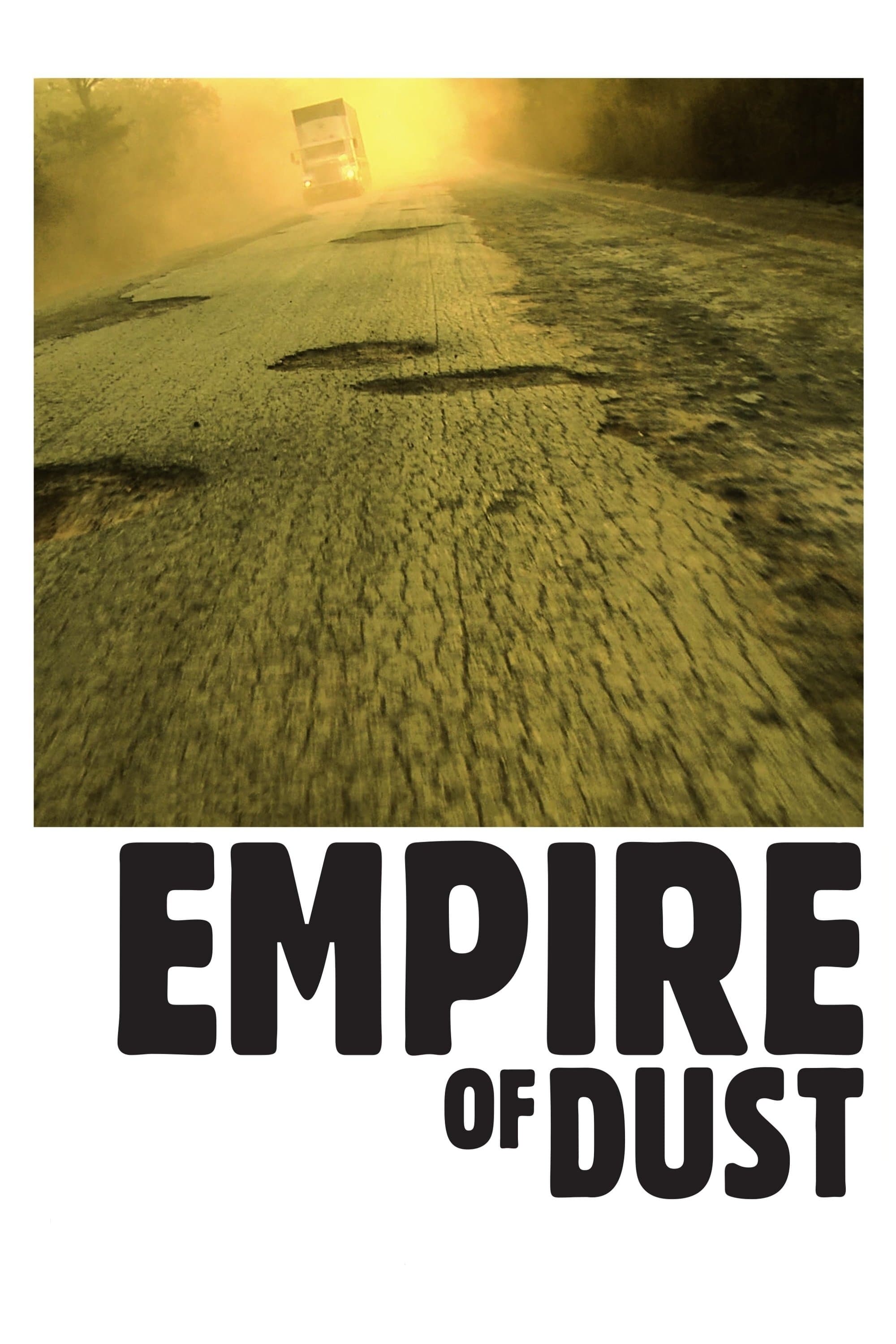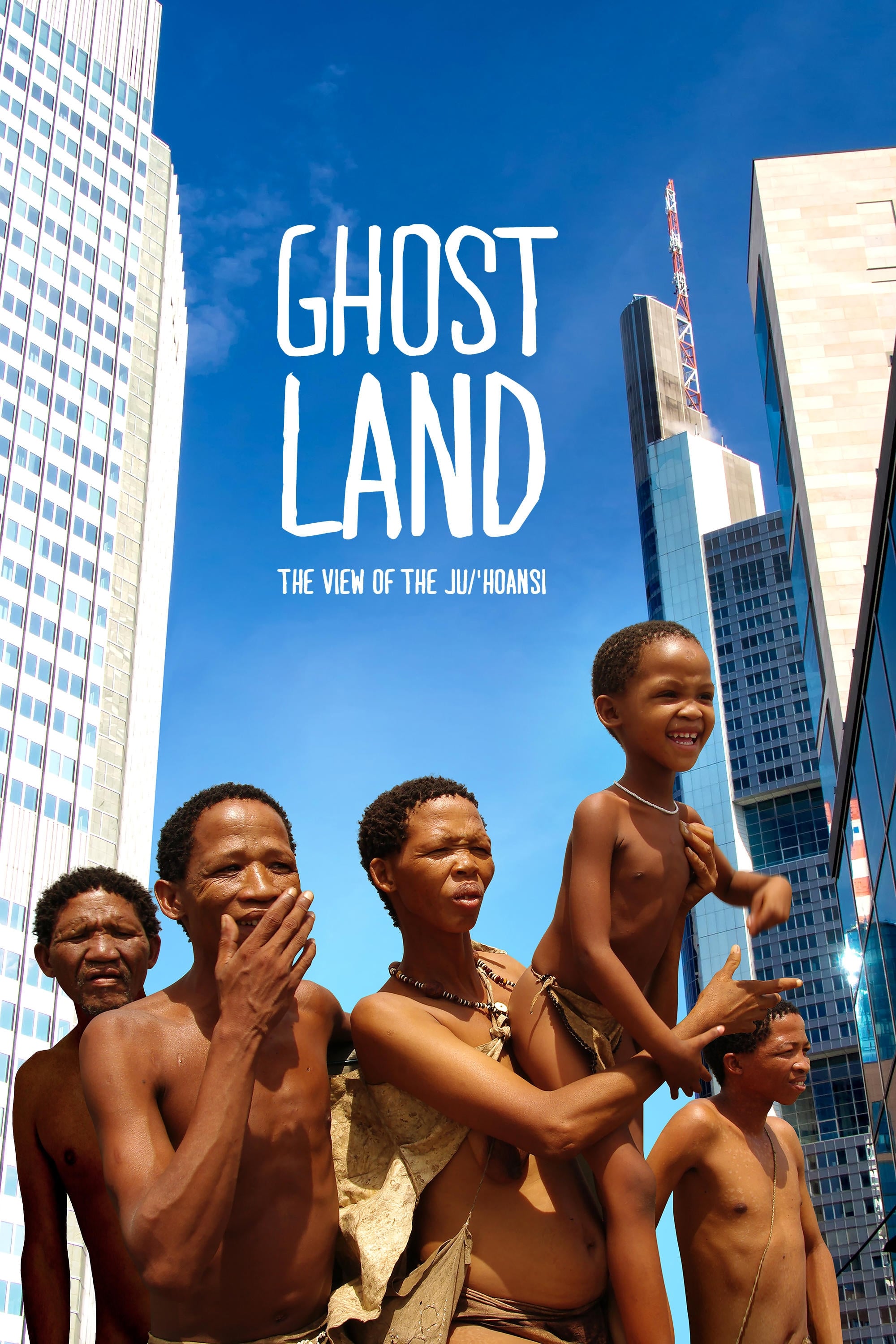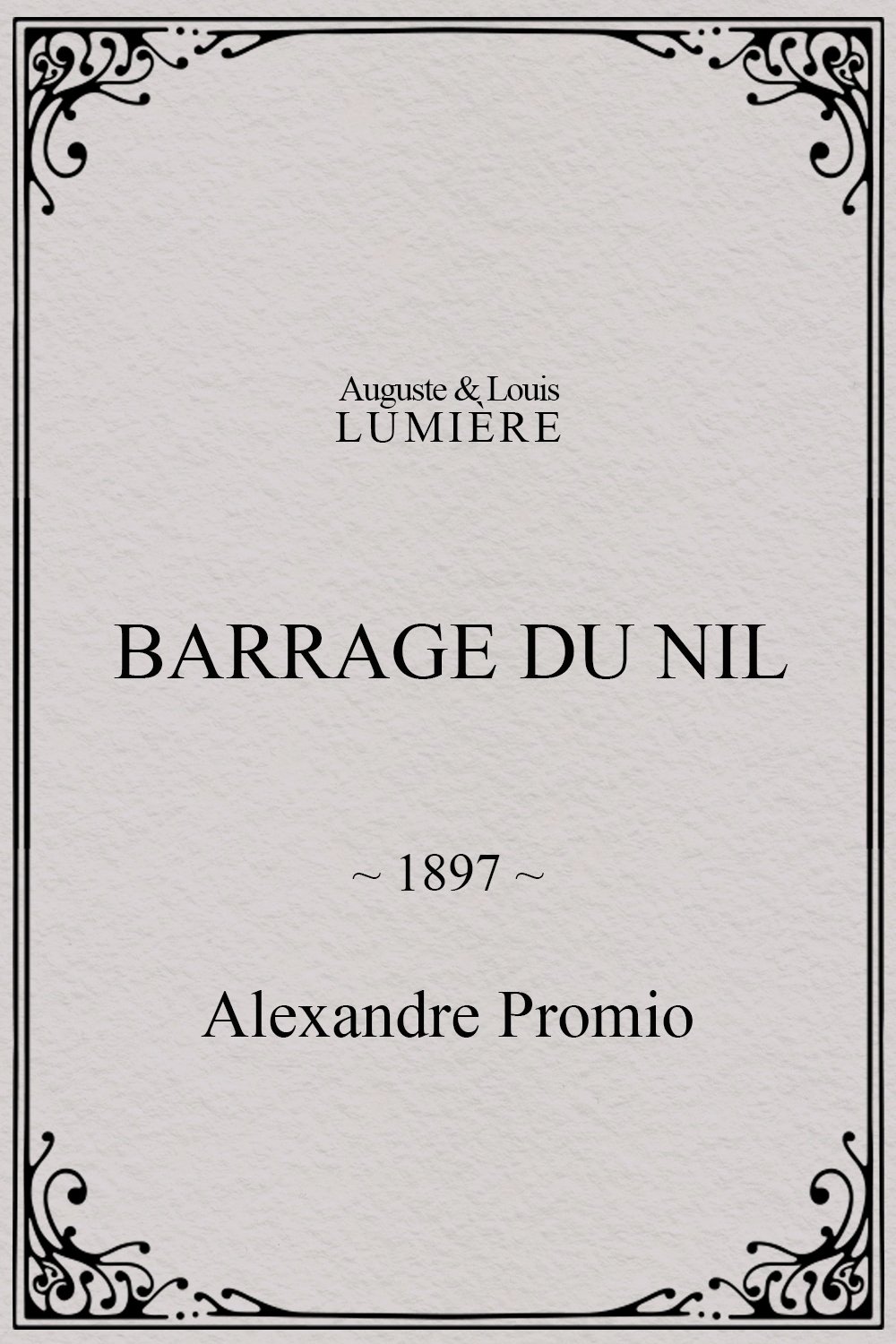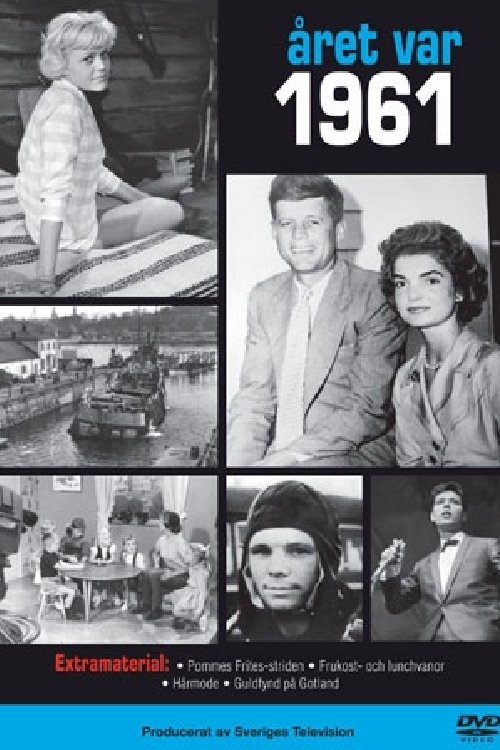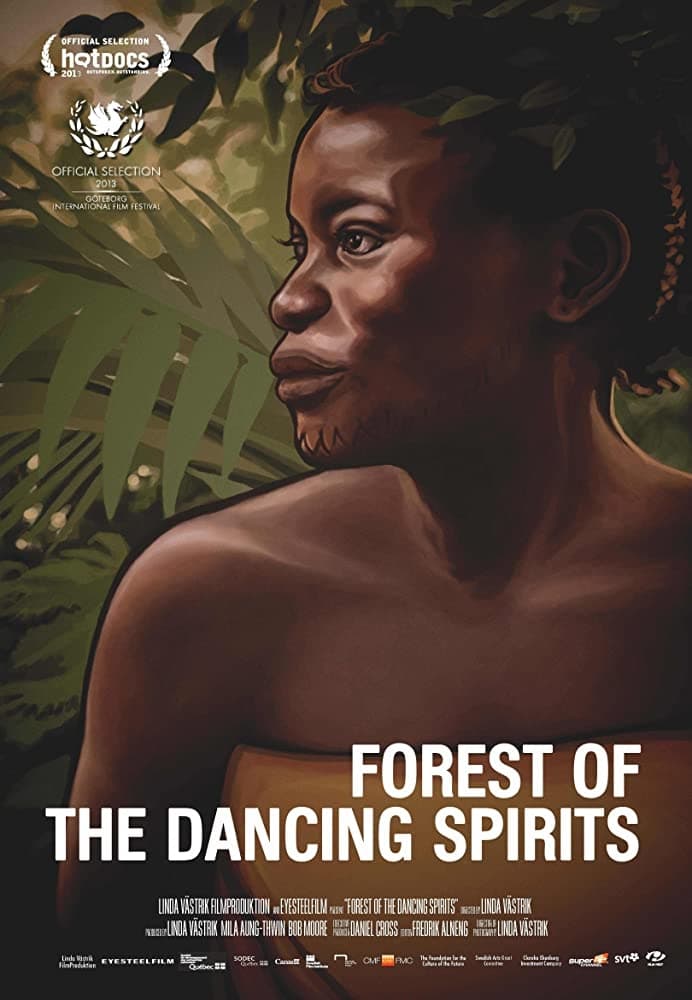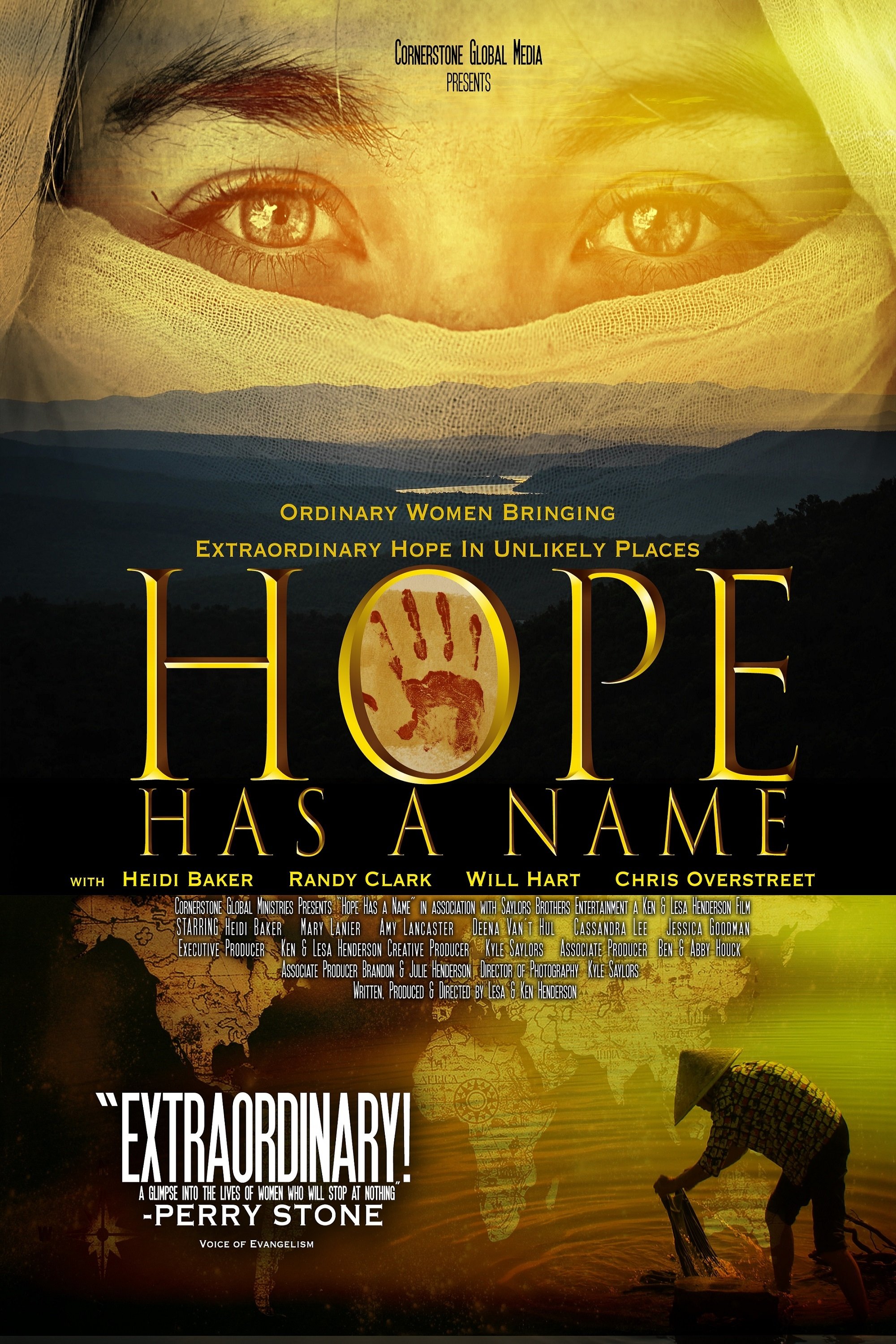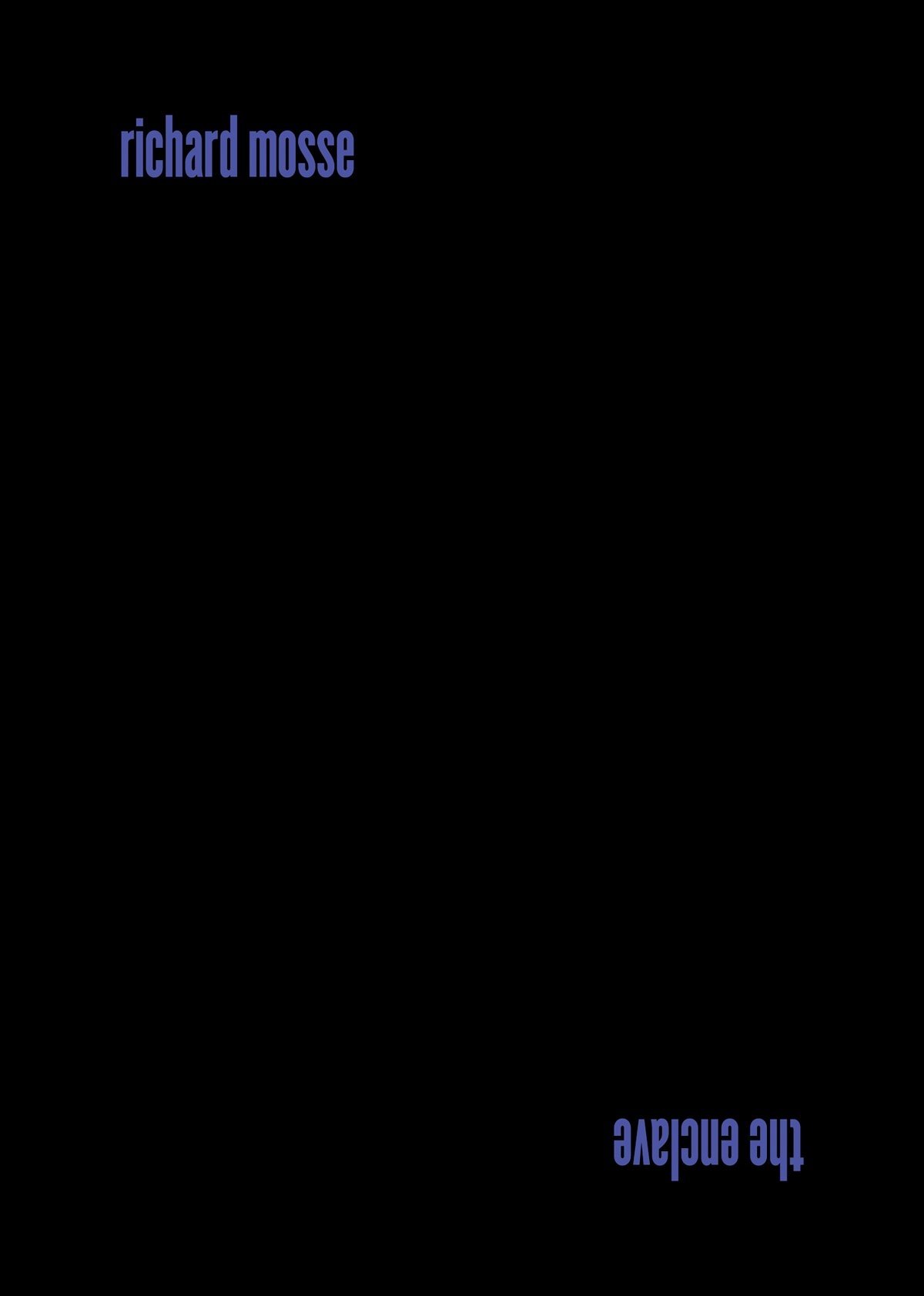Lotoko (2023)
Overview
Short ethnographic documentary showing a leopard dance based upon footage shot by director Luc de Heusch in Congo in 1954 reassembled by Damien Mottier (Université Paris Nanterre) and Grace Winter (CINEMATEK).
Production Companies
Additional Info
| Budget | $0.00 |
|---|---|
| Revenue | $0.00 |
| Original Language | fr |
| Popularity | 0.445 |
Directed By
Grace Winter
Damien Mottier
Luc de Heusch
TOP CAST
Similar Movies
Empire of Dust
Lao Yang is head of logistics of the group. He is responsible for the equipment, building materials and food (mainly chickens) to arrive in the isolated Chinese prefab camp. The Congolese government was supposed to deliver these things but so far the team hasn't received anything. With Eddy (a Congolese man who speaks Mandarin fluently) as an intermediate, Lao Yang is forced to leave the camp and deal with local Congolese entrepreneurs, because without the construction materials the road works will cease. What follows is an endless, harsh, but absurdly funny roller coaster of negotiations and misunderstandings, as Lao Yang learns about the Congolese way of making deals.
Ghostland: The View of the Ju'Hoansi
Remember the culture clash in THE GODS MUST BE CRAZY? This time it's real. One of the most ancient cultures on our planet is undergoing a major change. The Ju/Hoansi Bushmen in Namibia are not allowed to hunt anymore and need to converge with our so called “civilized” lifestyle. For the first time the Ju/Hoansi Bushmen travel through the Kalahari and then right into the heart of Europe. What starts as a look at their fascinating culture becomes an even more fascinating look at our Western lifestyle. A warm and humorous reflection of our habits through the eyes of people who are about to give up their million year old traditions.
Esquimaux Game of Snap-the-Whip
“The picture [shows] a number of Esquimaux picking nickels from cracks in a board with their dog whips, in which sport they are very expert. In the background will be seen one of their "Topeks," a sealskin tent in which they live during their short summer.” (Edison catalog)
Esquimaux Village
“One of the principal features at the Pan-American Exposition is the Alaskan or Esquimaux Village. In this most interesting exhibit, scenes are enacted just as they take place in the far away frozen North. In this subject we depict a large number of Esquimaux clothed in their native costumes and seated on their sleds, which are drawn by spans of four Esquimaux dogs. They are engaged in a race and are to be seen running over the ice and snow at a high rate of speed. There is a pond in the foreground of the picture on the shores of which the home stretch of the race takes place. The picture is perfect photographically, and the figures stand out clear and sharp, throwing a most perfect reflection on the pond.” (Edison film company catalog)
Nègres Ashantis: Toilette d'un negrillon II
A woman from the Ashanti tribe bathes her child in a shallow bowl.
Barrage du Nil
Travellers, nomads and salesmen make their way along a dam next to the Nile.
Weapon of War: Confessions of rape in Congo
Wherever war breaks out, men with guns rape. During the decades of conflict in the Democratic Republic of Congo possibly hundreds of thousands of women and girls were brutally raped. In WEAPON OF WAR military perpetrators unveil what lies behind this brutal behavior and the strategies of rape as a war crime. An ex-rebel explains how he raped. Like for many ex-soldiers, starting a normal life again is a struggle filled with trauma. In an attempt to reconcile with his past, he decides to meets one of his victims in an attempt to obtain forgiveness. Captain Basima is working as a priest in Congo's army and confronts perpetrators of rape. He urges them to change. Just like he did.
Moulin à homme pour l'arrosage des rizières
A man demonstrates a human-powered water wheel that irrigates a rice field.
Banks of the Nile
With a dual motion a cruise ship and a fishing boat pass one another on the Nile and butlers in turbans set up a wooden gangway. Thanks to a rope and pulley system cows climb skywards then disappear into the hold of the sailing vessel. On the bank, black-haired women rock back and forth, bursting out laughing and showing the first signs of going into a state of trance. Never-before filmed gestures and faces of the people of the Nile succeed one another, uprooted to an unknown, magical world. The Banks of the Nile is one of the first experiments of film in colour that uses the Kinemacolor process.
Japonaise faisant sa toilette
A young woman in traditional Japanese attire fixes her hair and kimono while her servants assist her.
Året var 1961
1961 - the year when Swedish UN soldiers are in the crisis-ridden Congo and Secretary General Dag Hammarskjöld dies in a plane crash. Swedish film's biggest hit, "Are there angels?", has its premiere with Christina Schollin in one of the roles. Yuri Gagarin becomes the first man in space and the Volvo P 1800 appears on the roads. Ewy Rosqvist is a rally ace and in April the regal ship Vasa is lifted up after 333 years at the bottom of Stockholm's stream. In August, the Berlin Wall is built and outside the Stockholm archipelago, Radio Nord broadcasts music and news.
L'île de Pâques
The first Easter Island documentary, filmed in 1935 when the Belgian naval ship Mercator came to collect Drs. Henri Lavacherry and Alfred Métraux, who had arrived six months before to carry out archaeological and ethnological work. The film, directed with melodramatic gusto and featuring a full orchestral score by Maurice Jaubert (who also did the narration), shows islanders, the monuments, and a public dance. A theme of decay and decadence characterizes the film, the motif portrayed gruesomely by extensive close-ups of the inhabitants of the leper colony there at the time. The film suited a romantic image of a mysterious lost civilization, the survivors eking out a pitiful existence on a barren rock. (Grant McCall)
Congo in Four Acts
A quartet of powerful, hard-hitting short films that lay bare the disturbing reality of everyday life in the Democratic Republic of Congo.
Forest of the Dancing Spirits
“In the beginning, women lived apart, unaware of the existence of men. Until one day, when the first woman, Toli, who was brave and adventurous traveled deep into the forest. Toli discovered solitary creatures with big muscles who knew how to climb trees and harvest wild honey. When Toli tasted their honey, she thought they should all live together….” That is how one of the creation stories of the Aka people from the tropical rainforest of the Congo Basin goes. Akaya, Kengole, Dibota and their friends and family are hunters-gatherers (and also great story-tellers) who guide us through their world. They explain their origins, myths, and the very spiritual meaning of life.
Lords of the Forest
Documentary about the inhabitants, both human and animal, of the Belgian Congo. Released in 1958.
Hope Has A Name
In urban America, the bush of Africa, the war zone of the Congo, and in closed nations there are women who are living outside their own cultures, society, and comfort level to care for orphans, build schools, liberate addicts, feed the poor, and love the broken. These ordinary women are reaching into hopeless situations of people and creating hope.
The Enclave
Commissioned for the Irish representation at the 55th Venice Biennale in 2013, The Enclave is an immersive, six-screen video art installation by Irish contemporary artist Richard Mosse. Partly inspired by Joseph Conrad’s modernist literary masterpiece Heart of Darkness, the visceral and moving work was filmed in the Democratic Republic of Congo using 16mm colour infra-red film, which captures otherwise invisible parts of the spectrum. The resulting imagery in Mosse’s work is hallucinatory and dream-like with the usual greens of jungle and forest replaced by shimmering violet. The Enclave depicts a complicated, strife-ridden place in a way that reflects its complexity, using a strategy of beauty and transfixion to combat the wider invisibility of a conflict that has claimed so many.
Burial among the Tetela
Short ethnographic documentary on the Tetela tribe in Congo based upon footage and commentary by director Luc de Heusch from 1953 reassembled by Damien Mottier (Université Paris Nanterre) and Grace Winter (CINEMATEK).
Nkumi, everyday life
Short ethnographic documentary showing some everyday life scenes based upon footage shot by director Luc de Heusch in Congo in 1954 reassembled by Damien Mottier (Université Paris Nanterre) and Grace Winter (CINEMATEK).
